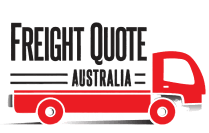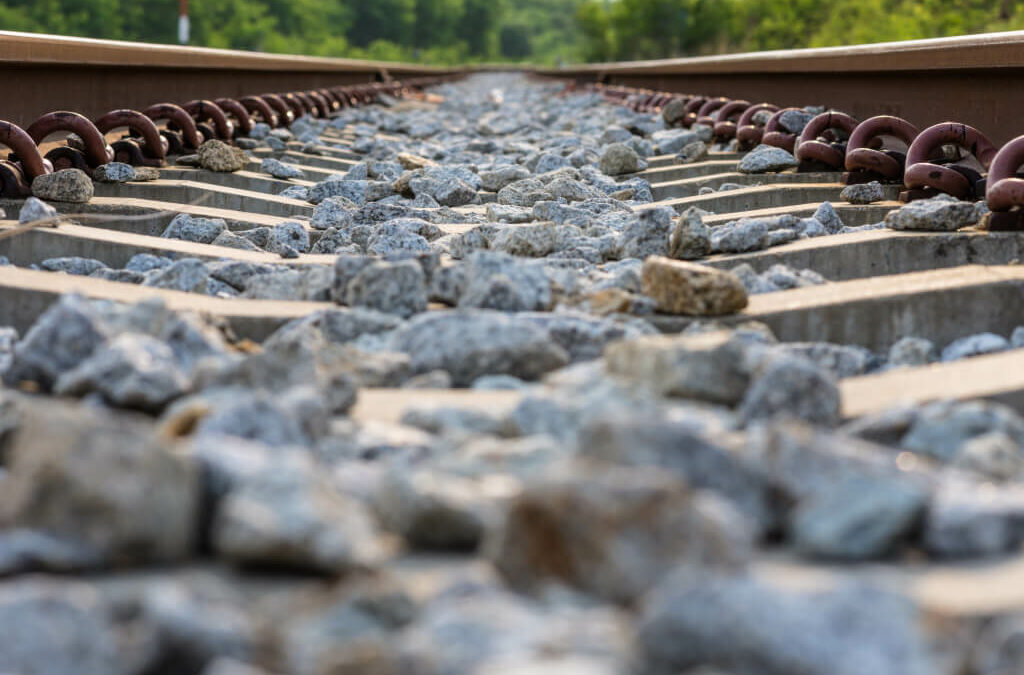Rail transport is perhaps not something that is talked about a great deal anymore due to the variety of other freight options so readily available, like air and road. Rail transport is actually one of the most safe and reliable forms of transport and in many cases the most economical. A heavy pallet delivery which is not urgent, for example, could potentially be added to a rail consignment at a reasonable price. Obviously, it does have its limitations, but all forms of transport do have a number of disadvantages. Air freight can be notoriously expensive, and transporting goods by road can also leave you reliant on favourable traffic conditions en route to see your goods arrive in a timely manner at their destination. As such, pallet shipping rates will vary, depending on several factors, including the mode of transport being used.
Over 33,000 Kilometres of Track
Australia’s rail network is vast and, according to Wikipedia, consists of over 33,000km of track. This had its humble beginnings back in the 1800s where for example in 1854, the first steam train between Melbourne and Port Melbourne started operating. You might wonder how Australia functioned prior to building up its expansive rail network. Before rail transport was established, the most common form of transport consisted of transport by sea, or across land by horse drawn carriage. As of 2024, the Inland Rail is under construction and will add 1,600km of tracks from Melbourne to Brisbane.
Consequences of Lack of Planning
The rail network progressed at various rates of development in the different colonies of Australia and very much independently of each other. Due to a combination of a short-sighted vision of the future of Australian rail, and a failure to listen to advice from London, it resulted in different gauges of rail being used in the fledgling states. This caused decades of problems for transport of both people and goods between the different states. It became clearly apparent during the war years when the differences in track width hampered the speed at which goods and troops could be moved across Australia.
Some of the disadvantages associated with the development of rail transport was the enormous initial cost of construction and maintenance.
Type of Trains in Rail Transport
The earliest carriages on tracks were actually drawn by horses and this mode of transport did in fact continue after the introduction of the steam train, especially in city areas where pollution was a problem. Nowadays there are still some steam trains in operation around the world. The steam train, Puffing Billy, in Victoria is still operated daily and is a hugely popular tourist attraction for both children and adults alike. It is run by a tireless team of around 900 volunteers. Other types of trains are electric and diesel-powered trains.
Coal Transport by Rail
In New South Wales, rail transport is an integral part of the coal industry in the Hunter Valley, with trains transporting coal from the open cut mines in the region all the way to the port of Newcastle. Coal production in general has been a hotly debated topic amongst locals in the regional towns surrounding the mines. Air quality, an increase in heavy vehicle traffic and the pollution of the water supply, are just some of the complaints from local residents. Despite all the precautionary measures the mines take to reduce dust, like employing water carts to wet the dusty haul roads, they never completely eliminate the dust caused by all the machinery on the various mine sites.

